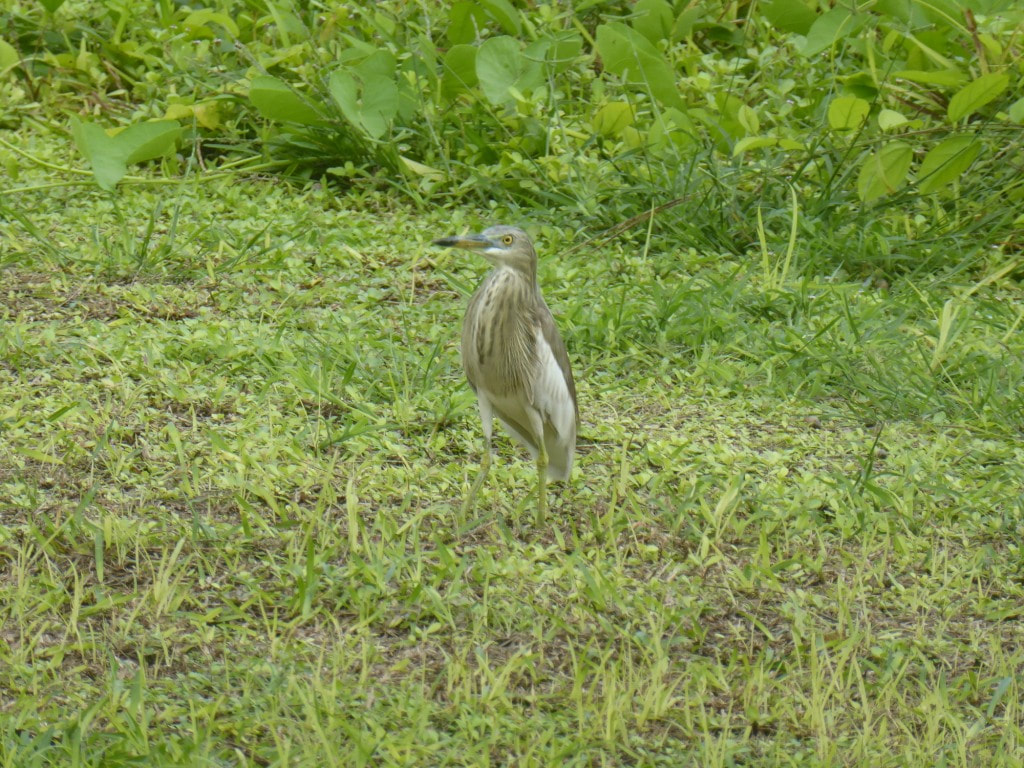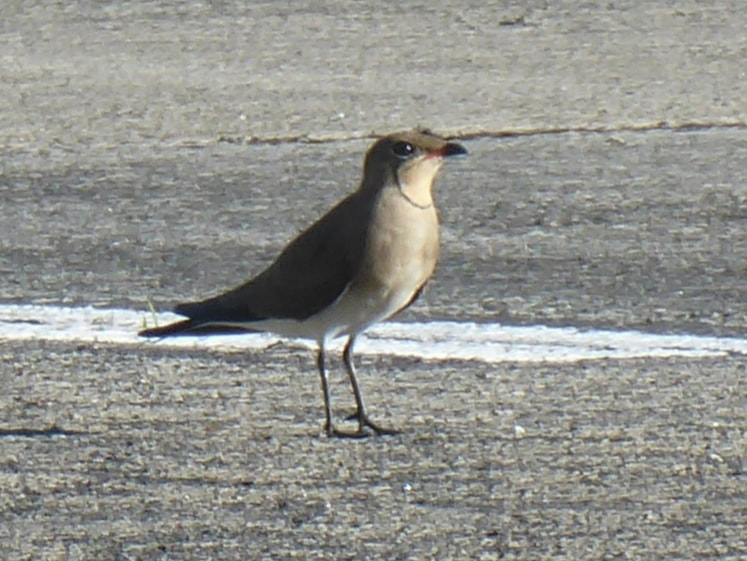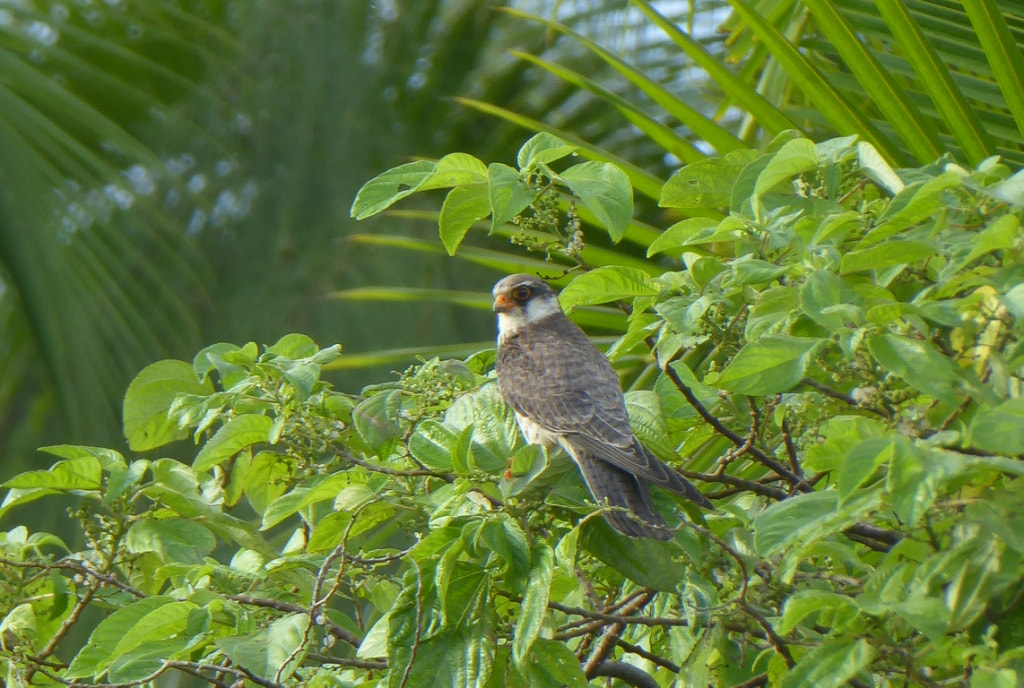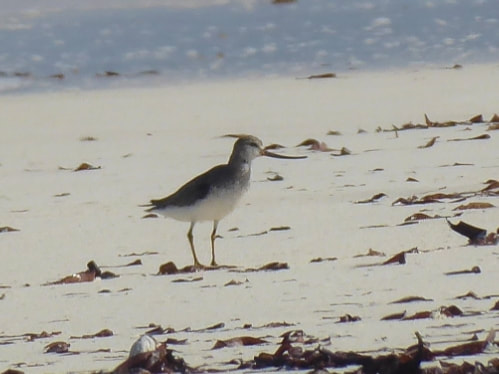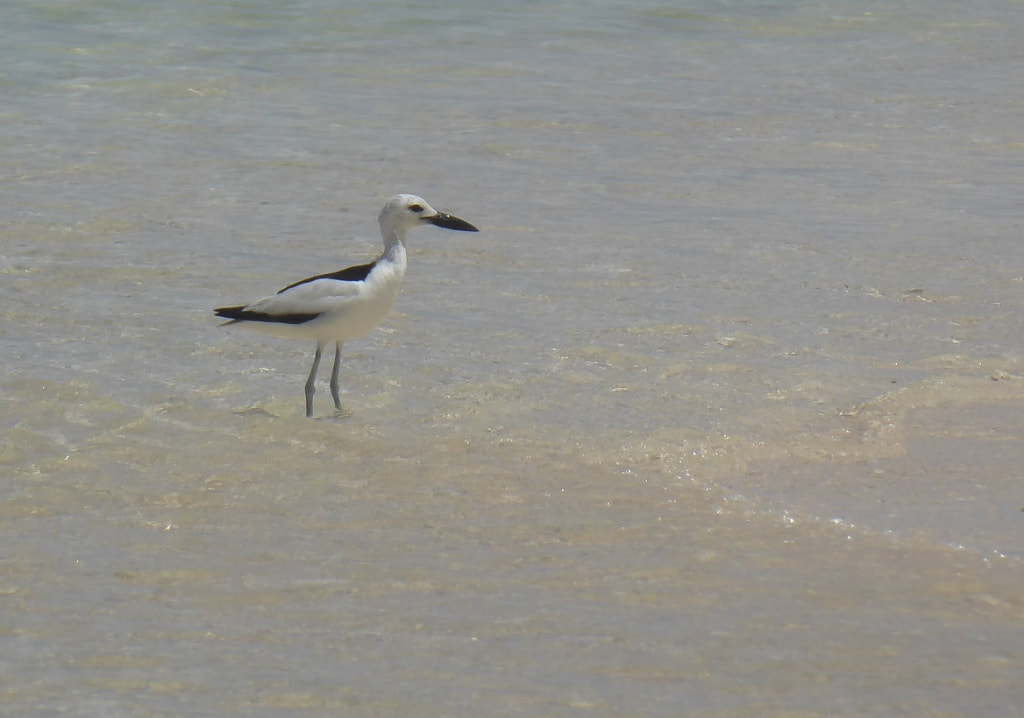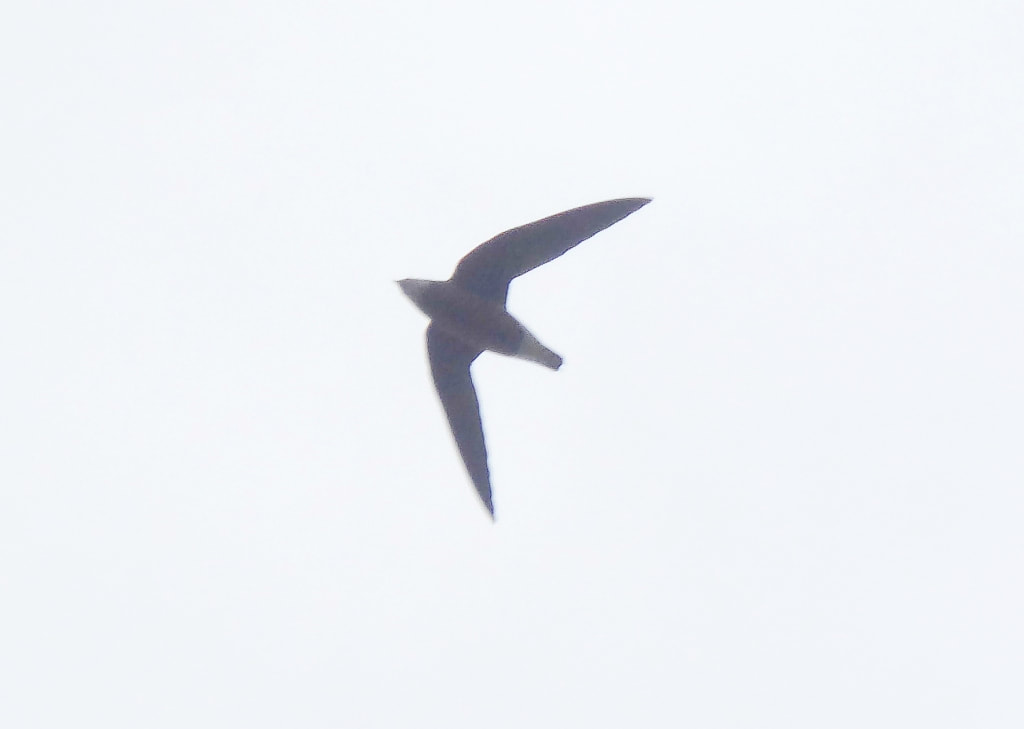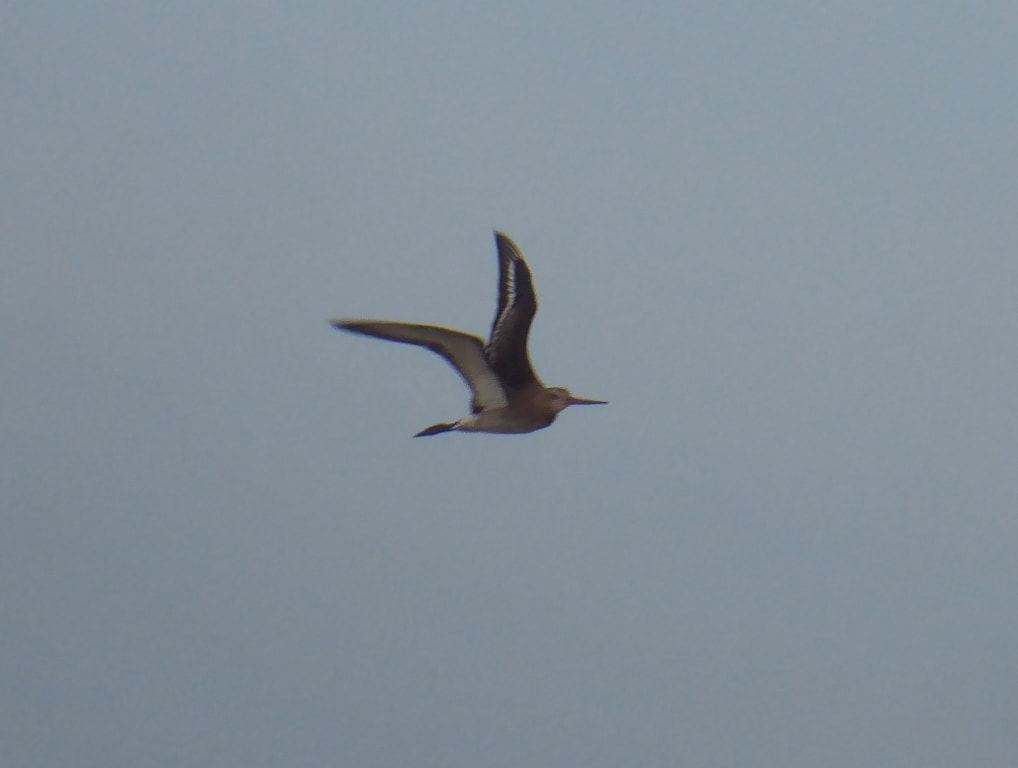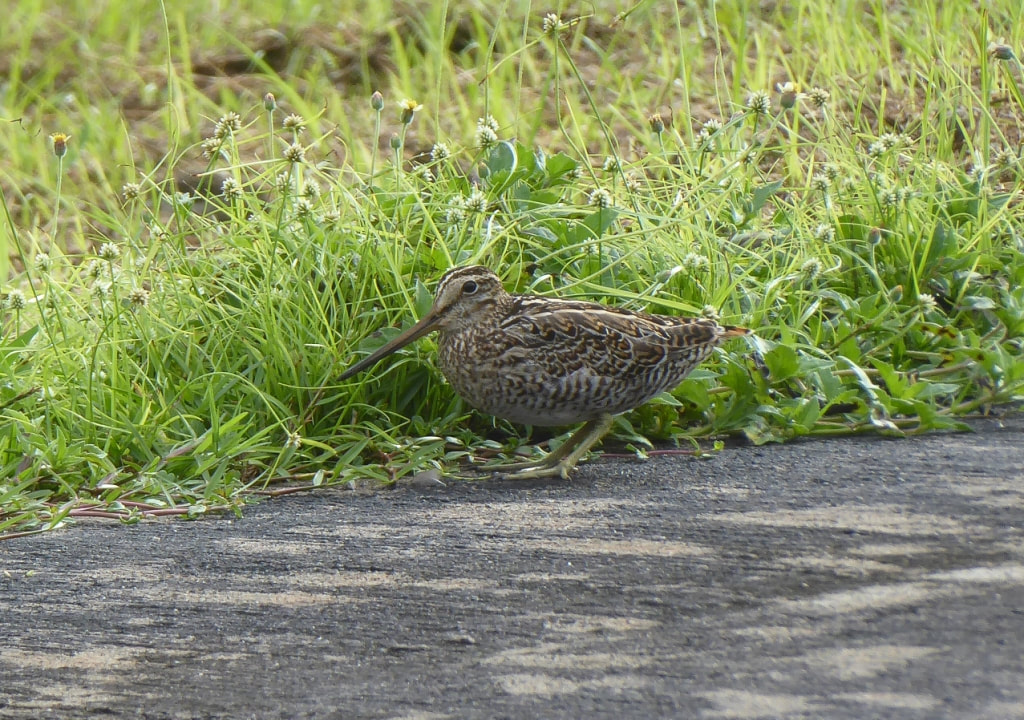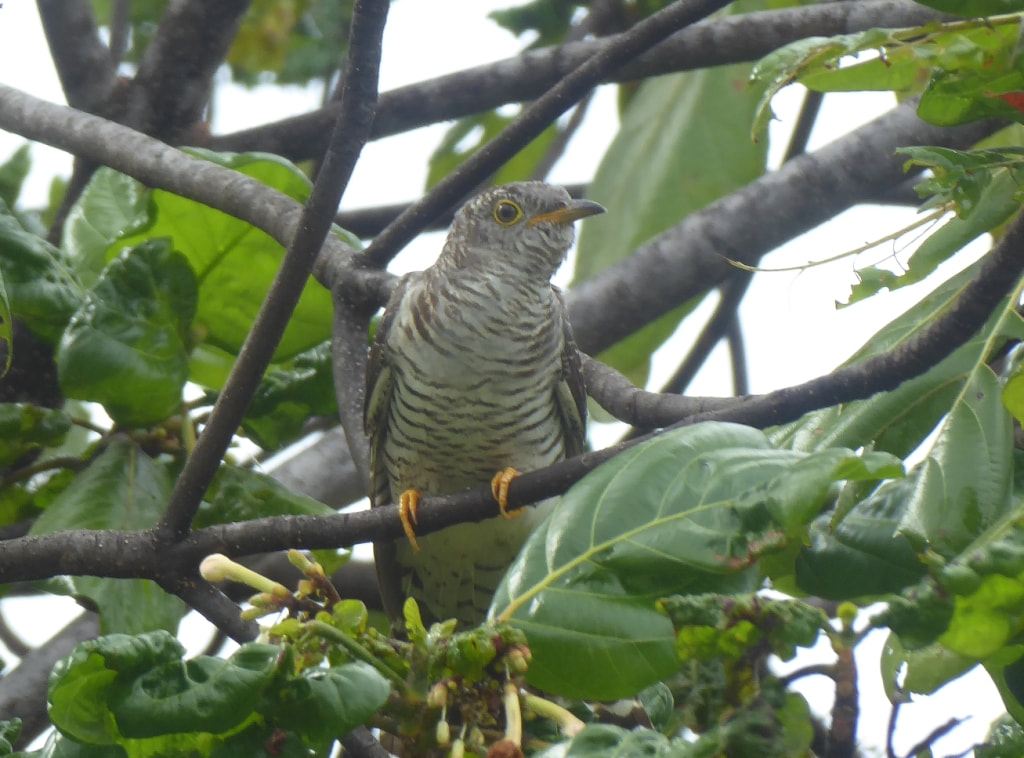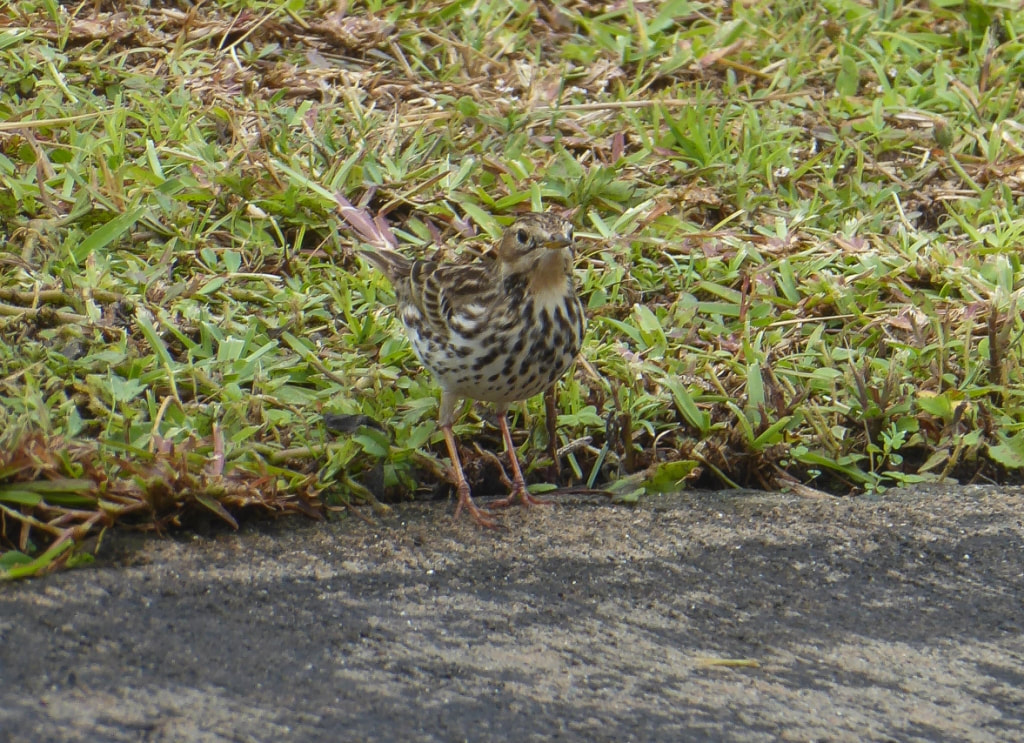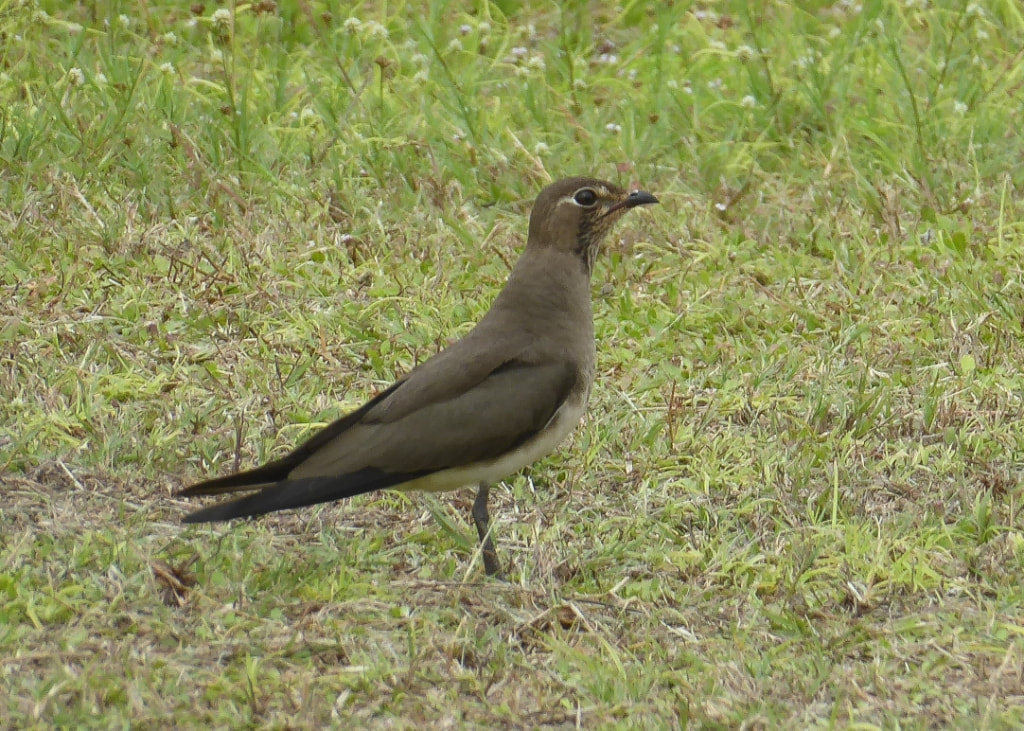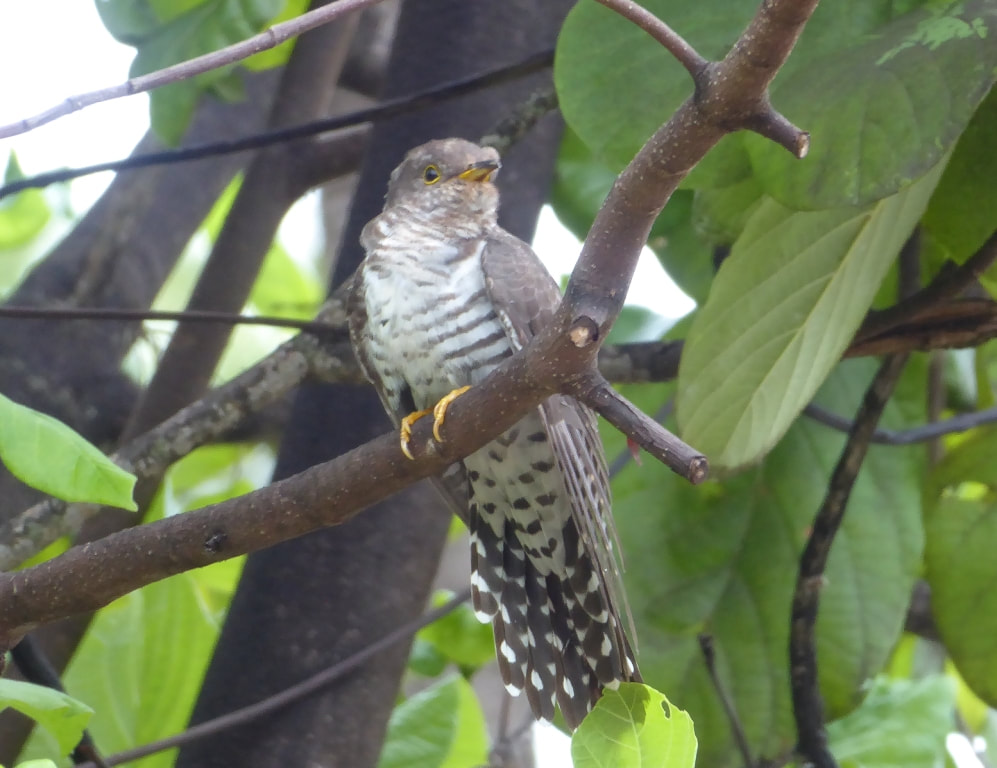|
By Desroches Island Conservation Officer, Craig Nisbet Seychelles is a remarkable place for visiting birders throughout the year. It boasts an impressive list of endemic species; some of which may only be seen on a handful of islands. It also boasts some of the most spectacular seabird colonies in the world - particularly in the Outer Islands - where colonies of more than a million Sooty Terns can be found, as well as smaller numbers of boobies, frigatebirds, tropicbirds and other tern species. However, at this time of year - when the prevailing wind switches from the south-east to the north-west - many migrating birds in search of warmer locations after their breeding seasons in the northern hemisphere either head for these small isolated islands in the Indian Ocean, or are blown off course en route to their preferred wintering grounds in eastern and southern Africa. This means that from October onwards, the opportunity to discover new and unusual species in the region are increased dramatically. The ICS team on Desroches had already recorded a couple of very surprising records early on in the year, with an unseasonal visit from a Collared Pratincole in April and May, followed by what is thought to be only the fifth record for Seychelles of Indian Pond Heron in June. Now that the winds have changed, more common migrants have begun to trickle through, with regular sightings of Curlew Sandpiper and Crab Plover, as well as brief or occasional encounters with Terek Sandpiper, Purple Heron and Amur Falcon. Some birds recorded through November, however, were the subject of a great deal more excitement. Perhaps the highlight of the season so far has been an awesome encounter with the world’s fastest species over level flight, the White-throated Needletail, which is capable of speeds of up to 170 km/h. Three were observed hawking over the trees near the airstrip on 19th November and represented only the sixth record of this species for Seychelles, as well as being the first record for Desroches. On the evening of 23rd October, while watching the sun set from the Lighthouse on the south-west end of the island (as Whimbrels came in to roost on the rocky outcrop), a godwit was seen and heard flying directly overhead. The Bar-tailed would be more likely in Seychelles, particularly at this time of year, but on closer inspection, the black tail and white rump, white wing bars and straight (rather than up-turned) bill gave this individual away as a Black-tailed Godwit - another first for Desroches and only a tenth record for Seychelles. On 20th November, a couple of birds provided tricky identification challenges for the Conservation Officer, Craig Nisbet, particularly given the region in question. Back in the UK, a Common Snipe and a Common Cuckoo would be expected breeding or migrant species with other similar species relatively easy to rule out. In the Indian Ocean, however, the prospect of very similar species created problems that are not easily solved. The Pintail Snipe is remarkably similar to the Common Snipe, with subtle differences in the head pattern, a more distinctive wing panel and longer toe projection pointing toward the rarer migrant. The Seychelles Bird Records Committee (SBRC) have recently concluded that - based on the pictures and description provided to them - this individual is in fact only the fourth Seychelles record of Pintail Snipe. The cuckoo seems a little simpler, given the fact that the African, Oriental and Indian Cuckoos are yet to be confirmed in Seychelles. It still required careful inspection as reasonable identification photos were obtained of this lovely nest parasite. Two species of pipit were added to the list of migrants toward the end of the month, with Desroches’ third Red-throated Pipit discovered on 25th November, before a Tree Pipit was located on 30th November. The former was only a second record for Desroches, while the latter is expected as an annual winter visitor, although this seems to be the first record for Desroches since 2012. A second pratincole for the year was also present between 14th and 28th November, favouring the airstrip where it was often seen hunting insects on the wing. It has now been confirmed as an Oriental Pratincole, which is only the third confirmed record for Desroches. There have been a number of pratincole records that have been accepted by SBRC as ‘pratincole spp.’ - as Collared and Oriental can often be hard to separate - but the short length of this individual’s tail and lack of a white trailing edge on the wing were enough to clinch the ID in this case. As December rolled onward, more vagrants were added to the list, with the island’s second record of Pacific Swift on 4th November found by long-term volunteer, Francesca Clair. This was followed by its first Lesser Cuckoo, photographed at close range on 18th December. Craig was left delighted on Christmas Day to also discover what is thought to be only the ninth Seychelles record of Green Sandpiper. He couldn’t have hoped for a better Christmas present, unless of course the bird in question had been obliging enough to allow a photograph before flying into the trees! These three records are still pending confirmation from SBRC, but once confirmed, an impressive total of 61 species will have been recorded in 2019 on Desroches. Not bad at all for an island that has only three resident and four introduced breeding species! With plenty of the North-West monsoon season still to go, hopes are high on Desroches for more rare and exciting species in the coming months. The ICS team on Alphonse have also been incredibly lucky so far this season, with Grey-tailed Tattler, Caspian Plover and Pied Wheatear topping their migrant list, whilst news from Farquhar of a first Seychelles record of Senegal Lapwing in December has amazed the Seychelles birding community. We do have to believe that anything is possible!
0 Comments
Your comment will be posted after it is approved.
Leave a Reply. |
Categories
All
Archives
June 2024
|

